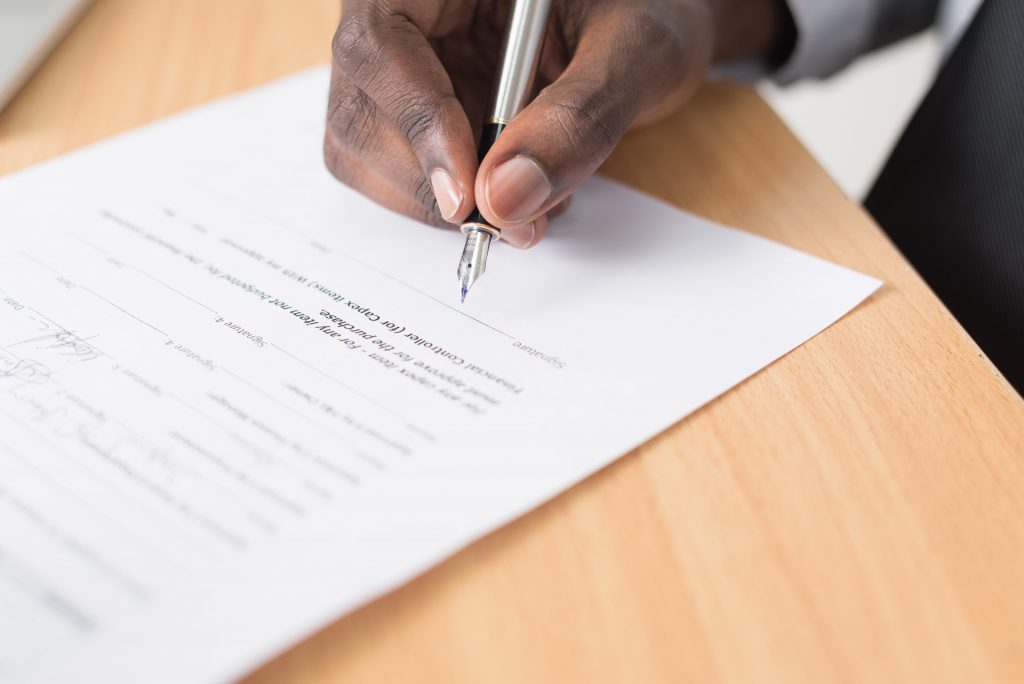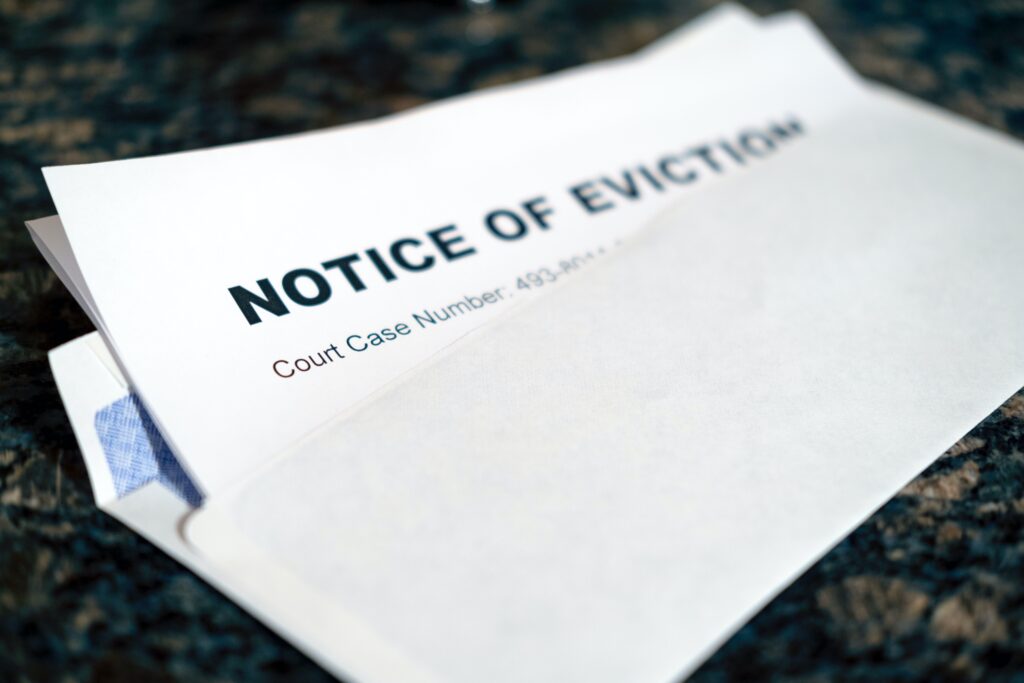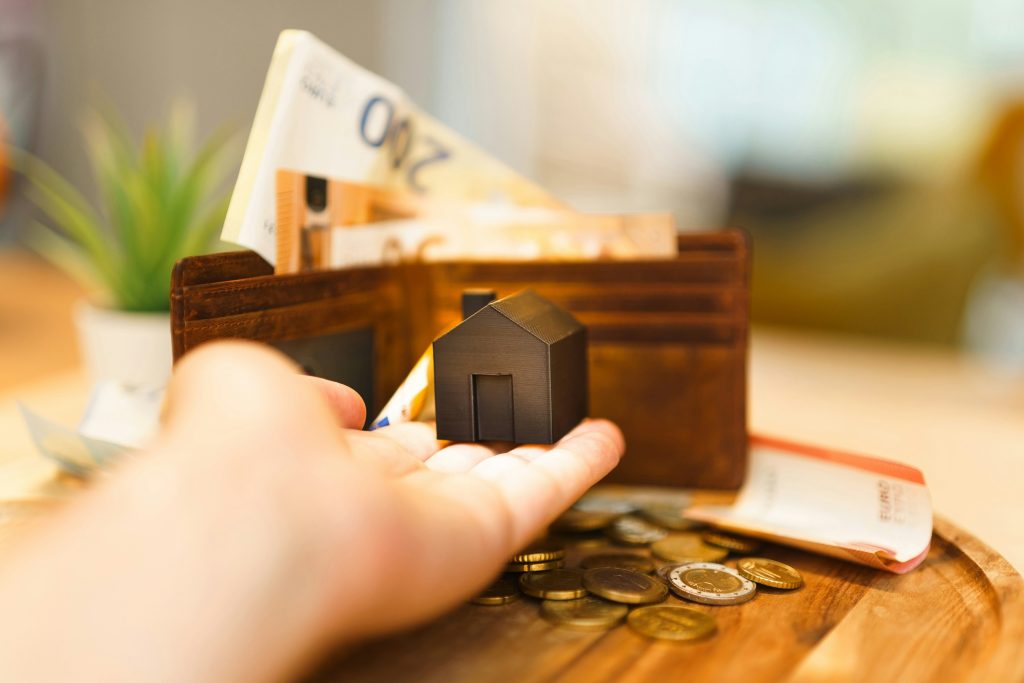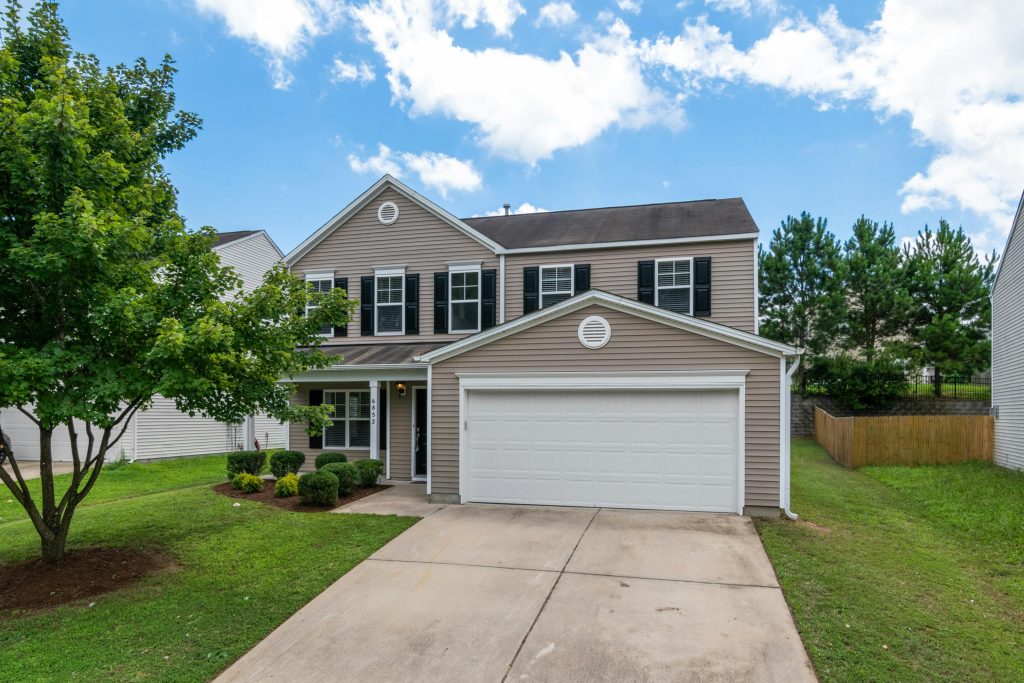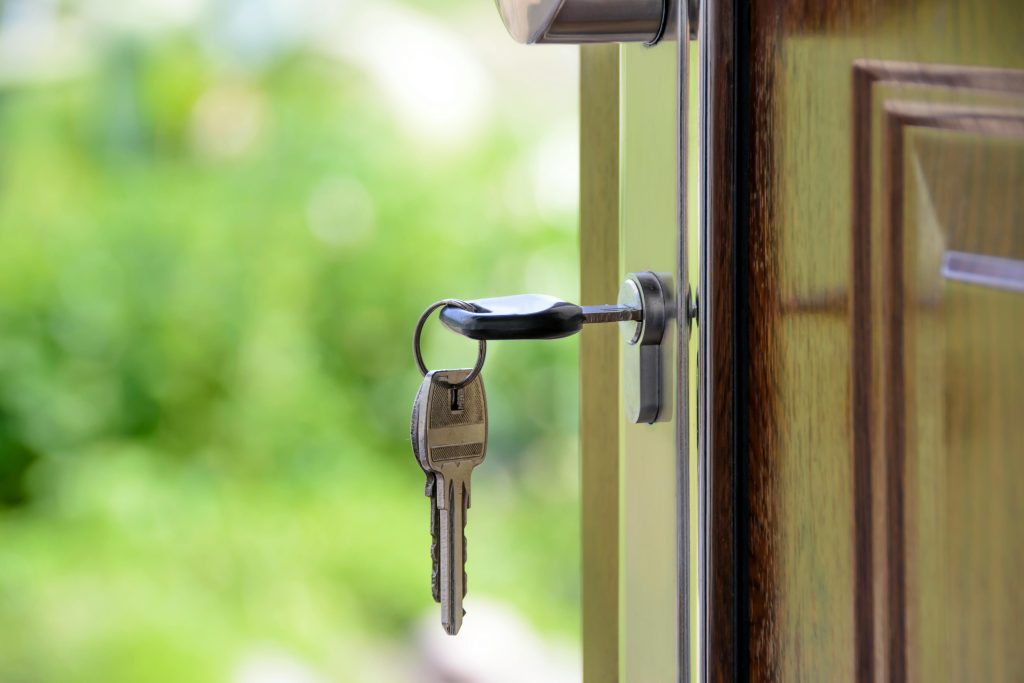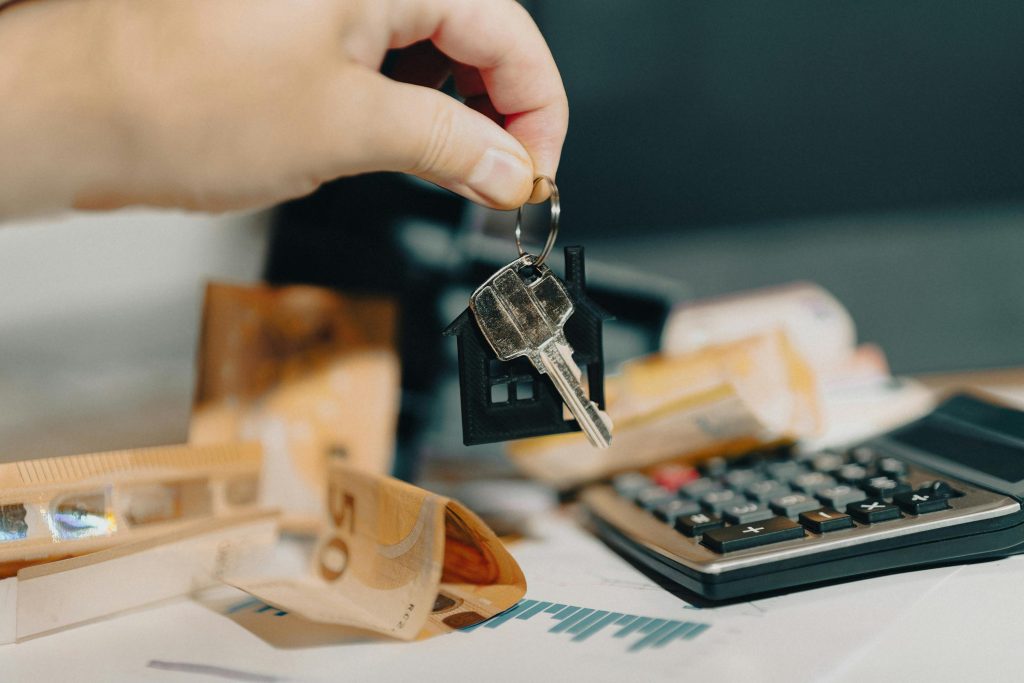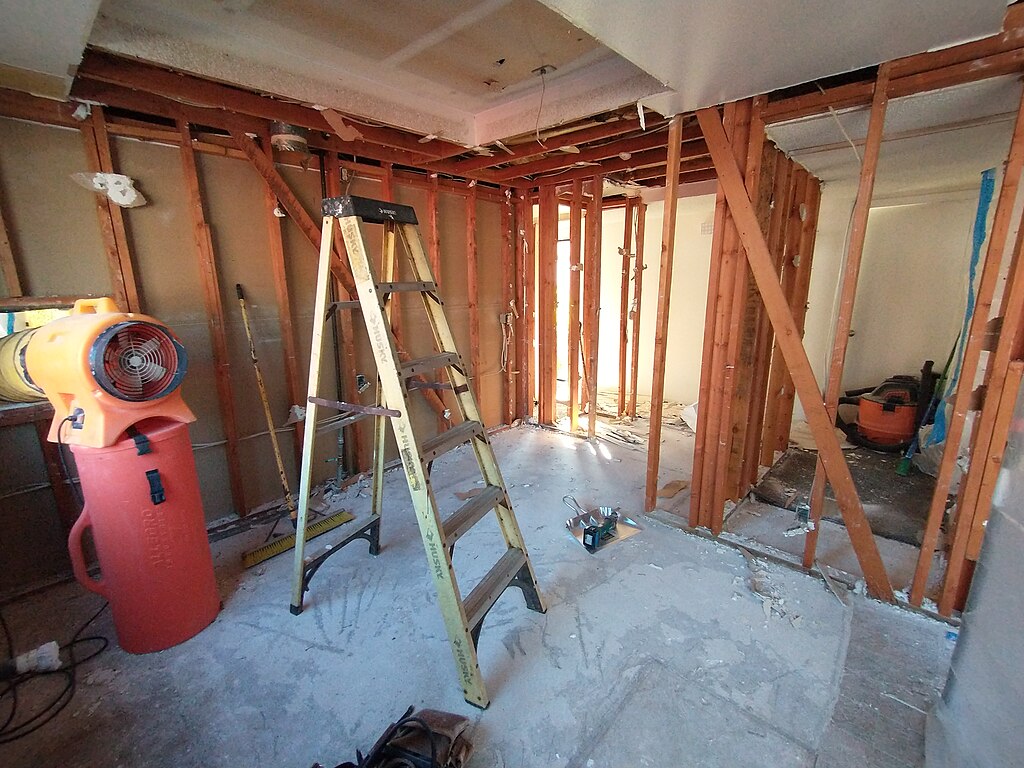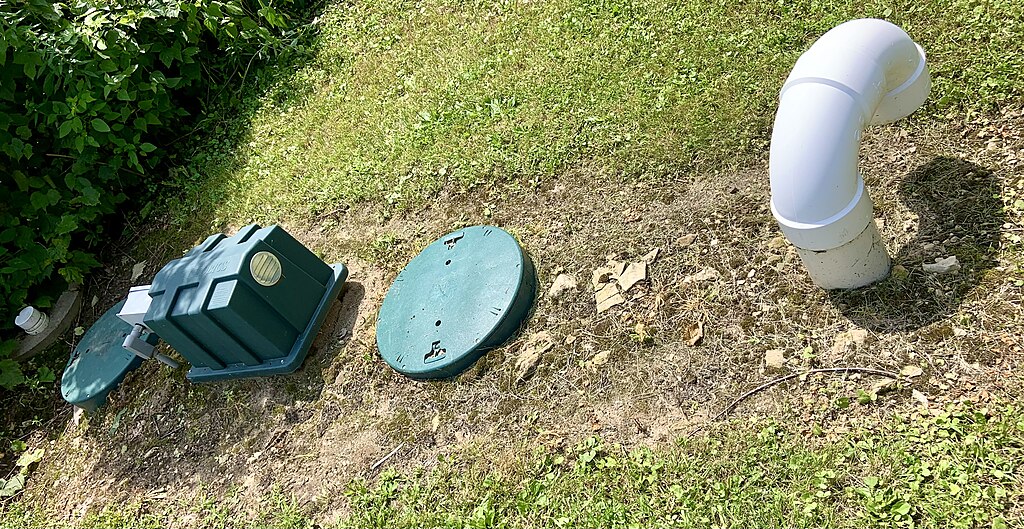Reverse mortgages typically allow older homeowners to access home equity without monthly payments, but what does that mean for selling a house? In this guide, we look at how to sell a house with a reverse mortgage and everything you need to know to pull it off without a hitch.
What is a reverse mortgage?
A reverse mortgage (also known as a lifetime mortgage) allows homeowners aged 62 and older to convert home equity into cash without requiring monthly mortgage payments. You retain ownership and can receive funds as a lump sum, line of credit, regular payments or combination thereof.
Loans accrue interest over time and are eventually repaid when the last borrower dies, sells the home or moves out for over 12 months. Sale proceeds beyond loan repayment go to you or your heirs. To qualify, you must be listed on the title, undergo financial assessment, receive reverse mortgage counselling, and meet certain occupancy requirements.
Reverse mortgages can carry high upfront costs and deplete equity over the long term, so weigh the pros and cons carefully when considering if one aligns with your financial needs and plans.
What are the types of reverse mortgages?
In the UK, there are various types of reverse mortgages, including drawdown, lump sum and enhanced lifetime mortgages.
Each scheme offers unique features and benefits. Here’s a brief overview of each:
- Drawdown. This option lets you access an initial large sum, followed by the flexibility to withdraw smaller amounts as needed from a pre-set cash reserve.
- Lump Sum. With this choice, you receive the entire available sum in one transaction.
- Enhanced. This variant offers a larger loan amount and targets those with certain health conditions or lifestyle factors impacting life expectancy.
Are reverse mortgages common in the UK?
Reverse mortgages have driven substantial growth in the UK’s equity release market amidst a growing ageing population, coupled with cost of living increases.
These reverse mortgages do not require monthly repayments. Instead, interest accrues until the house sells upon the homeowner’s death or long-term care transfer.
Their popularity also stems from flexibility, allowing lump sums, drawdowns, interest payments and guarantees against negative equity. Still, lifetime mortgages pose considerable financial implications.
Reverse mortgage advisors must ensure borrowers understand risks like eroding inheritance and unpredictability given fluctuating house prices and interest rates. But, when aligned with well thought out retirement plans, these products grant access to home equity for income supplements, home improvements, gifting family members and more.
Can you sell a house with a reverse mortgage?
Selling a house with a reverse mortgage is certainly possible. When you decide to sell, the sale proceeds will first repay your outstanding reverse mortgage balance, including the amount borrowed plus any accumulated interest and fees.
If the sale price exceeds what you owe on the mortgage, you will keep this surplus equity.
However, suppose your property value has decreased below what you still owe. In that case, the “no negative equity guarantee” offered with most UK reverse mortgages ensures neither you nor your estate overpays – at most, the full sale amount settles the debt.
This protection brings peace of mind amid fluctuating markets. Importantly, your reverse mortgage lender cannot limit your ability to sell when ready; you retain full control and flexibility to sell when you want.
What’s the process of selling a home with a reverse mortgage?
Selling a property with a lifetime mortgage involves a few important actions.
Selling via traditional housing market:
- Inform the lender: Start by notifying your lender about your intention to sell. They will give you the total payoff amount, which includes the loan, interest, and any fees.
- List the property: Put your home on the market for sale.
- Find a buyer: Once you have a buyer and agree on a price, the sale proceeds are used to pay off the reverse mortgage.
- Settle the mortgage: If the sale price is higher than the mortgage balance, you keep the difference. If it’s lower, a ‘no negative equity guarantee’ often applies, meaning you’re not liable for any shortfall.
- Finalise the sale: Complete the sale by transferring ownership to the buyer and sorting out the necessary legal and financial details.
Or
Selling to a fast property buying company
- Inform the lender: Start by notifying your lender about your intention to sell. They will give you the total payoff amount, which includes the loan, interest, and any fees.
- Contact Property Rescue: We’ll buy your house directly from you, for cash, in as little as 7 days. Our solicitors will settle your mortgage and give you the remaining proceeds from the sale. Contact us now.
Things to consider before selling a home with a reverse mortgage
Those selling a home with a reverse mortgage need to weigh up some key considerations.
- Determine your property’s current value in the current projected market conditions. You can start by getting a free online property valuation with this online tool.
- Request a mortgage payoff statement outlining your total repayment obligations, which is the initial capital drawn plus all accrued interest and fees to date.
- Compare this figure to potential sale proceeds to determine available equity after repaying the debt.
- Moreover, review the financial tradeoffs, accounting for lost inheritance value versus gaining accessible funds now in retirement.
Consulting qualified mortgage advisors can also help you make informed decisions aligned with both property and retirement planning goals when preparing to sell with a reverse mortgage in place.
What options do I have for selling my house with a reverse mortgage?
When selling a house with a reverse mortgage, you have several options to consider, each with its own advantages.
Traditional sales market
Putting your property on the open market is the standard route, often by enlisting an estate agent. This is how most people sell their homes, with the property listed on portals and estate agents drumming up interest via marketing. However, this can be a long, drawn-out process, and there’s a fee to the agent, which can be anywhere between 1 – 2%.
Auction
Selling your home at auction can speed things up. Auctions can get buyers excited to bid against each other, which is helpful if your property stands out as special in some way. But there is always a risk that the winning bid will come in lower than expected, or that your house simply won’t sell if you set a reserve price that’s too high. Like estate agents, auction houses also have similar fees.
Property Rescue
Selling to Property Rescue means you can benefit from a rapid 7 day sale, or longer depending on what you prefer. We buy the property directly from you, for cash, even if it has a reverse mortgage. We can also take care of all the fees involved, so you don’t pay anything to get your house sold.
Summary: Selling your home with a reverse mortgage
There’s no reason why you can’t sell your home with a reverse mortgage. And if you need a quick sale, get a free, no-obligation quote from Property Rescue and see how much you can sell your home for while avoiding any of the stress that comes with selling on the traditional sales market.

